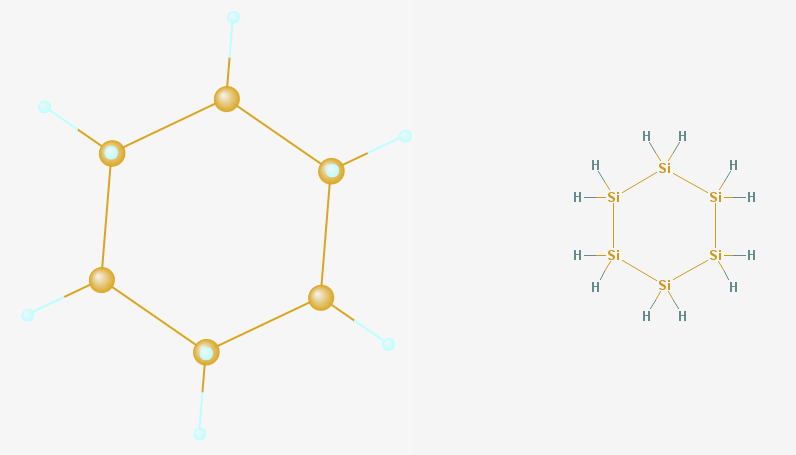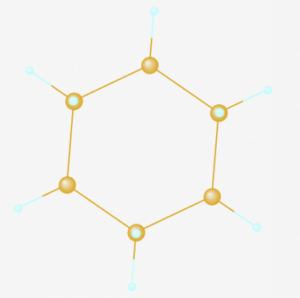When we think of quantum dots we usually think of CdSe or InP-based structures, but it turns out that silicon-based structures can also emit light when particles of the right size are fabricated and illuminated with a higher energy light source or electrical stimulation. We recently learned of a new material being commercialized by 3DIcon called cyclohexasilane, Si6H12 (CHS). CHS can be used to enable many potential interesting electronic devices including quantum dot based displays.

So what is CHS? It is a liquid silicon precursor that can be spread onto substrates then annealed to create amorphous silicon. The precursor can also be doped so one can create diodes and transistors as well. Among the areas being pursued are solar cells, RFID, bio-markers, authentication, displays and battery anodes said the new 3DIcon CEO, Doug Freitag in a phone interview. 3DIcon is now aggressively commercializing the technology having gained access to the technology via a merger with Coretec Industries.
Freitag said they are now looking at a Department of Energy Request for Proposal and are likely to submit a proposal to place CHS quantum dots on top of a blue LED for solid state lighting. In addition, he will give a talk at the upcoming IDTechEx event regarding the use of CHX for flexible printed electronics.
But they are just starting to consider display applications. One solution is to create red and green quantum dots and evenly distribute them in polymer that can then be extruded into a film. CHS-based QDs are still sensitive to oxygen, so a barrier film on either side of the polymer film is needed as well.
![]()
Freitag explained that Silicon quantum dots are fabricated via atomization of the liquid to create particles of the proper size. These can then be illuminated by a light source to emit blue, green or red light. As with conventional quantum dots, the distribution of the particle size determines the spectral bandwidth of the emitted light, so very fine control is needed to achieve wide color gamut displays.
He noted that researchers in US, China, Japan and Korea are also working on Silicon QD applications but commercialization has been slow. 3DIcon is believes that CHS offers these and other researchers an interesting new option – one with a path to commercialization, which is why 3DIcon is working hard to establish this supply chain.
But more research is needed too. In a recent paper, university researchers at Carnegie Mellon, Fudan University and the School of Computational Sciences in Korea noted that photoluminescent silicon quantum dots have only shown efficiencies of up to 60% for large-sized particles. Efficiency drops a lot more for visible wavelength particles and the FWHM bandwidth is 70-150 nm. In contrast, Cd and Cd-free QDs today achieve well over 95% efficiency when illuminated by blue light with FWHM in the 25 to 40nm range.
The other ways silicon quantum dots can be used is the electroluminescent regime where light is stimulated by a voltage, not by higher energy light. Much research remains to be done in this area, however. -CC

